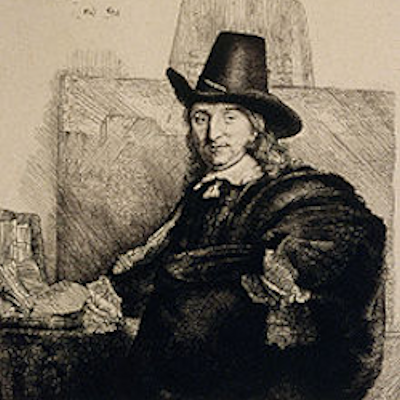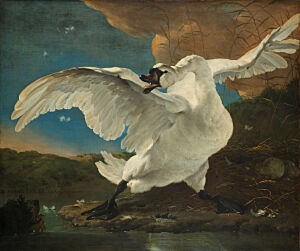We use cookies to make your experience better. To comply with the new e-Privacy directive, we need to ask for your consent to set the cookies. Learn more.

Jan Asselijn
Shop now
It is not exactly clear where Jan Asselijn was born, besides Dieppe, Utrecht and Cologne are also mentioned. Around 1621 he lived in Amsterdam, where he was apprenticed to Jan Martszen de Jon-ge or Esaias van de Velde.
Jan Asselijn mainly distinguished himself in landscape and animal paintings, although his historical works and battle pieces were also admired. His earliest work dates from 1634. At the end of 1635 he left for Italy, where he spent about nine years in Rome.
Here he became a member of the Bentvueghels, an association of mainly Dutch and Flemish artists active in Rome. He was nicknamed "Crabbetje": because his fingers were so crooked that he could barely hold a palette.
He was one of the first Dutch painters to introduce a fresh and clear way of painting landscapes in the style of Claude Lorraine. His example was quickly followed by other artists. Asselijn's work was highly regarded in Amsterdam.
"The Threatened Swan" is considered the most famous work of Asselijn. This painting was purchased by art dealer Cornelis Sebille Roos for a 100 guilders. It was the first acquisition for the Nationale Konst-Gallery of the Netherlands, which was in The Hague. Later the whole collection was moved to Amsterdam and the Nationale Konst-Gallery became the Rijksmuseum.
It portrays an aggressive swan defending its nest, which became a symbol of the Dutch national resistance, it is unknown whether Asselijn wanted this, it was mainly interpreted as an allegory of the grand pensionary Johan de Witt. Several inscriptions have been added by later owners, including "Holland" on one of the eggs, and "Enemy of the State" next to the dog threatening the nest.
Some parts of the painting are less realistic than the swan, such as the low-hanging clouds, the dog and the flat-looking eggs. The painting is dated to the 1640s.


